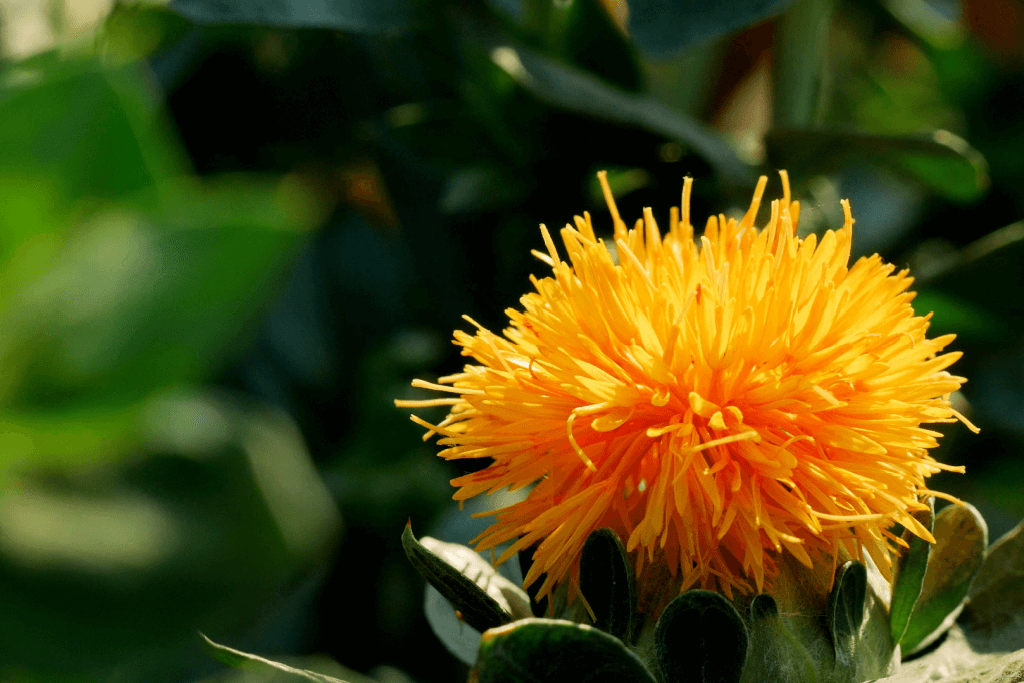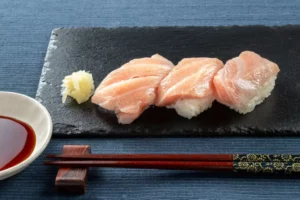Japanese beauty products are some of the most effective beauty treatments in the world. Safflower and other flowers featured in Japanese cosmetics are prized for your skin, hair, and body care. Flowers have been a great ally of Japanese cosmetics, and they have a lot to offer.
In ancient times, they carefully prepared flowers to achieve the significant advantages of flowers for the body. From hydration in dry skin through the protection of ultraviolet rays to rejuvenation. Here are five flowers in Japanese beauty products, some of the most famous treasures in mainstream beauty.
Table of Contents
ToggleSafflower
Beni is a natural cosmetic derived solely from the red pigment of benibana (safflower) petals. In Japan, people have utilized beni in lip and cheek rouge since ancient times, considering the color red fashionable in beautification rituals for centuries. Therefore, red has been regarded as a rare and precious hue in this role.
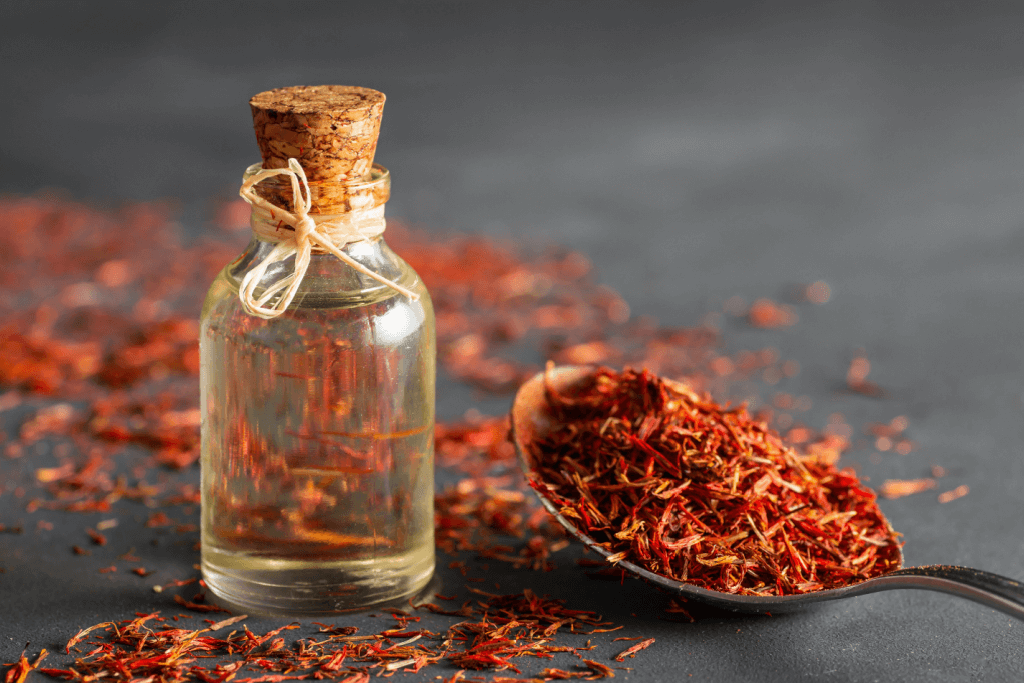
Craftsmen carefully produce high-grade beni by hand, refining the red pigment to achieve an iridescent green glow, which is evidence of its quality through traditional techniques. Additionally, people used the pigment to enhance the outer corners of the eyes and nails.
Camellia
Camellia japonica, a popular garden plant in Japan, symbolizes eternal beauty, making it a perfect extract for beauty product preparations. Tsubaki (Japanese Camellia) has gained popularity due to its visual allure and versatile uses, primarily in beauty, including oil and soap. Not to mention, hair products with Camellia oil promote hair health by adding shine, smoothing frizz, and conditioning.

Renowned for its ability to retain moisture and penetrate deep skin layers, camellia oil achieves shiny, smooth, and glowing skin. Tsubaki oil, rich in fatty acids and vitamins A, D, and E, provides deep hydration, repair, and emollient properties.
Japan has long recognized the beauty-enhancing properties of camellia oil. Camellia Japonica, known as liquid gold for beauty care, was used by geishas to remove makeup while maintaining youthful and moisturized skin.
Are you looking for some amazing snacks this season? Check out Sakuraco! Sakuraco delivers traditional Japanese snacks, teas, sweets, and snacks from Japan to your door every month so that you can enjoy Japan’s taste anywhere!
Cherry Blossoms
Sakura (cherry blossom) is one of Japan’s best-kept beauty secrets and is present in many beauty and skincare products, such as creams, hair care products, and more. Derived from Japan’s famous cherry blossoms, sakura extract is at the heart of Japanese skincare. It has been cherished for centuries for its unique ability to transform your complexion.

Cherry blossoms are incredibly high in antioxidants that help mop up skin-damaging free radicals. It contains anti-inflammatory, soothing, and rejuvenating properties that are great for toning down redness and irritation. Sakura also promotes skin cell growth and combats dead skin cells for a glowing appearance.
Pearl Barley
Hatomugi (Japanese Pearl Barley) is a plant native to tropical parts of Asia, such as Taiwan. For centuries, skincare in Japan has utilized Japanese pearl barley. Moreover, cosmetic products extract valuable ingredients from the seeds of this plant. Not to mention, it’s famous for its brightening properties, aiding in reducing the appearance of dark spots and uneven skin tone, resulting in a more luminous and even complexion. It’s also rich in peptides and may help to brighten and improve skin tone through its role in regulating melanin.
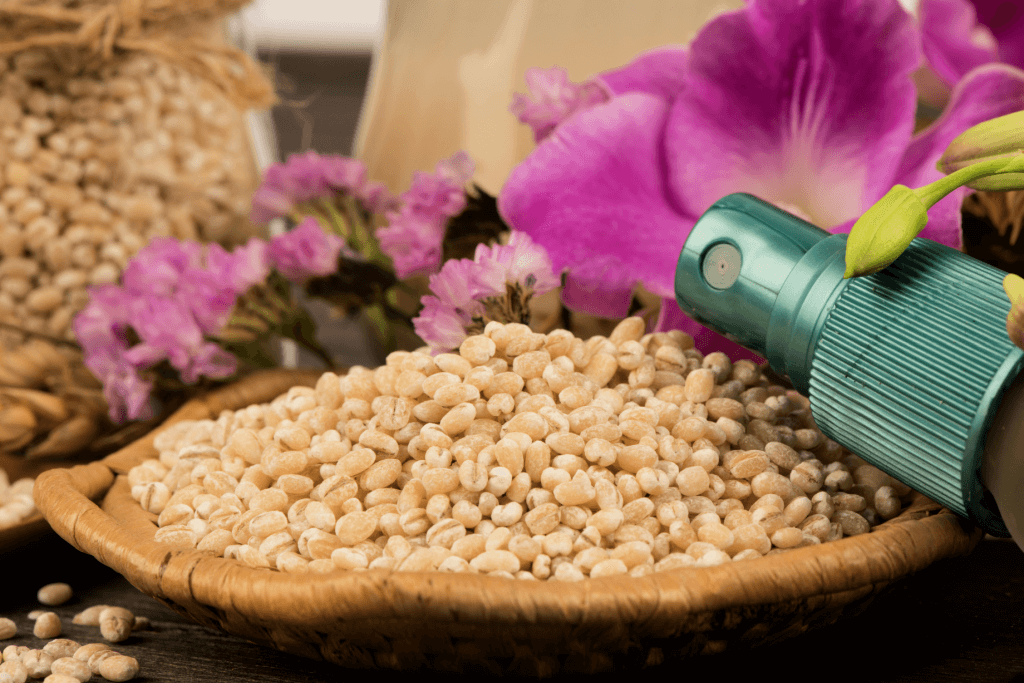
This pearly grain is also essential in Japanese skincare to achieve smooth, hydrated, porcelain skin. Like green tea, it’s chock full of antioxidants to promote long-lasting, youthful skin, but its main feature is its skin-brightening properties. Because of this, you’ll usually find hatomugi in skin-brightening products such as skin cleansers, sheet masks, toners, and skin conditioners. When used in skin conditioners or moisturizing toners, it quickly delivers antioxidants, deep hydration, and brightening components into the skin.
Japanese Imperial Rose
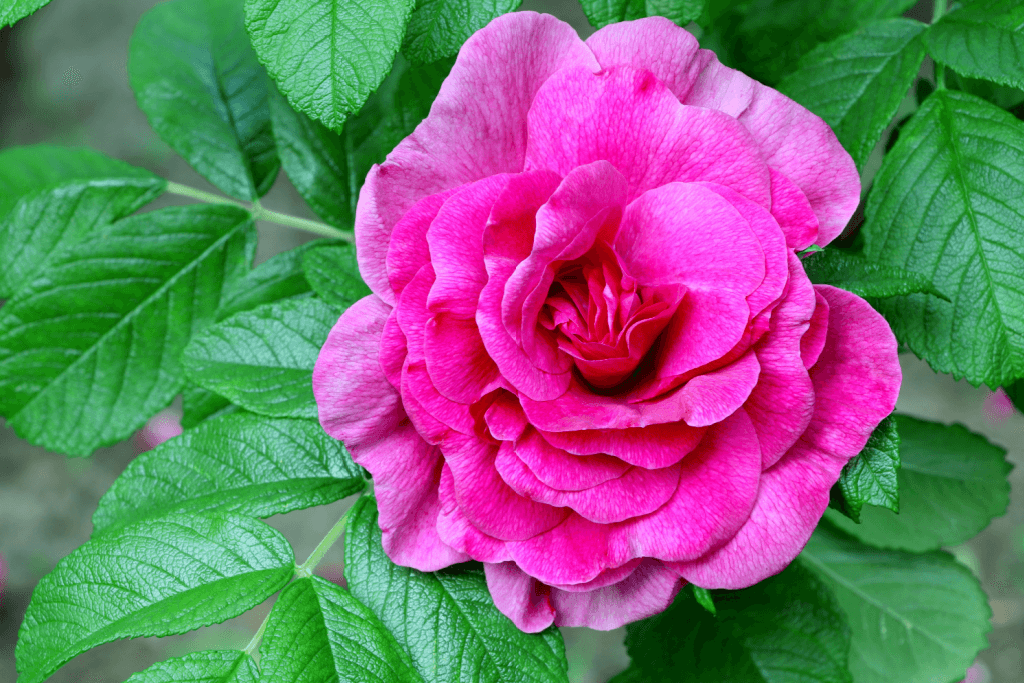
Hamanasu (rosa rugosa) is in lotions and hair care products, rich in vitamin C and polyphenols. It regulates collagen synthesis while preventing wrinkles and age spots. It also softens skin and hair, leaving it silky smooth and moisturized with a gentle aroma. Moreover, it’s ideal for sensitive and maturing skin. When used in hair products, it strengthens and promotes healthy, moisturized hair.
Why does safflower and other products make for great Japanese beauty products?
Japan makes beauty products that are famous for being high quality and feature extraordinary ingredients. Some of the best beauty products feature unique flowers so that you can enjoy the benefits of natural ingredients.
Floral extracts contain vitamins and antioxidants that help moisturize, cleanse, and smoothen skin. As well as fight early signs of aging and free radical damage. Have you tried any Japanese beauty products featuring these lovely flowers? Do you have a favorite one? Let us know in the comments below!

